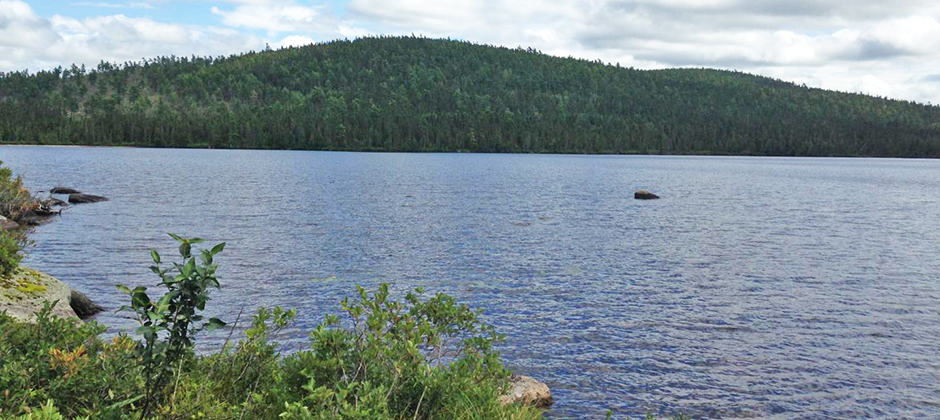Share this article
After 50 years, DDT still impacts lake ecosystem
Between the 1950s and 1960s, airplanes spread more than 6,000 tons of the pesticide DDT onto remote forests in New Brunswick, Canada during one of the largest insecticide spray programs in North America.
By about 1970, Canada became aware that DDT negatively impacts wildlife and the insecticide was ultimately banned. But almost a half century later, researchers recently discovered that the toxin and its breakdown products, DDE and DDD, still shows up in lake ecosystems and continues to impact aquatic organisms.
“These are remote lakes in the middle of nowhere,” said Joshua Kurek, an assistant professor at Mount Alison University and lead author of a recent study published in Environmental Science and Technology. “This is pristine habitat we think is relatively untouched by humans.”
The multi-university research team found the lakes were still being affected by DDTs from decades ago that had run off from the land into the lakes.
“DDTs are particularly nasty because they persist for a very long time in the environment and can enter food webs,” he said.
In the study, Kurek and his colleagues used a multidisciplinary science called paleolimnology, that studies lake sediments that accumulate over time to understand what’s happening in and around lakes. The team examined physical, chemical and biological markers preserved in lake mud of known ages.
“It’s just like a history book,” Kurek said, “where you can go back in time and understand what the past environment was like.”
Kurek and his colleagues studied five lakes, dating sediments back to about 1890, and found the mid-1970s showed the highest amounts of DDTs. They also determined a shift in zooplankton communities from large-bodied to smaller organisms. “You get this loss of a keystone species in these lakes beginning at the time of peak DDTs which persists to modern times,” he said. The large-bodied Daphnia species is more nutritious, Kurek said, “so when you lose that key organism there are likely impacts to additional trophic levels,” including possibly fish, waterfowl, and other wildlife.
Even in modern sediments, Kurek and his colleagues found DDTs were at levels expected to harm aquatic organisms, adding to more recent lake stressors, namely climate change. “Some organisms are continually exposed to a contaminant that we know is harmful,” he said. “We not only have to worry about changing climate, but legacy pollution we’ve shown in these lakes is quite high.”
While this study only looked at lake ecosystems, other studies have shown that forest soils still contain DDTs in places like northern Maine, where DDTs were used at presumably lower levels than in New Brunswick, Canada.
The findings raise questions about the safety of eating brook trout from remote lakes, Kurek said.
“I think we would see concerning levels of DDTs in the modern food webs as well,” he said.
Header Image: Researchers found five remote lakes in New Brunswick, Canada still contain DDT in their sediments, 50 years after the insecticides were sprayed nearby. ©Joshua Kurek








